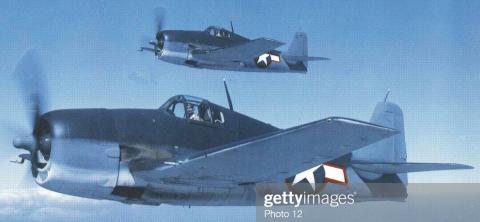
DIED IN POW CAMP, OFUNA, JAPAN - 8/2/1945
William Creveling Ziemer was born November 18, 1920, in Benton, Pennsylvania. Shortly thereafter the family moved to Toms River, New Jersey, where he could have graduated from high school at age 16 based on his academic performance, but he chose to stay another year to lead his football team as its captain. He then received a two-year academic scholarship to Hun School in Princeton, New Jersey, following which he was awarded a football scholarship to Lafayette College in Easton, Pennsylvania. When World War II commenced, he traded in his football uniform in February 1942 to begin training as a Naval Aviator. On October 7, 1943, Ensign Ziemer was undergoing flight training in the F4F Wildcat fighter and had a brush with death. He and another Wildcat suffered a mid-air collision off the Southern California coast and both F4Fs were total losses. Somehow both pilots emerged from the incident unscathed and were picked up in the water by a Navy ship and brought back to their base at Ream Field in San Diego.
Following training, Ziemer was assigned to Fighter Squadron Eighteen (VF-18) and had transitioned to the F6F Hellcat fighter. By August 1944 he had accumulated 927 hours of flight time and VF-18 had been assigned to the carrier USS Intrepid (CV-11). On September 13, 1944, LTJG Ziemer departed Intrepid with a flight of eight fighters to escort eighteen bombers in an attack on a Japanese airfield on Formosa. Reaching their target, he first dropped his 500-pound bomb on the airfield and within seconds was engaged in battle with a large swarm of Japanese bombers which were airborne. Witnesses reported that Ziemer was successful in sending gunfire into one of the bombers which trailed smoke, exploded, and disintegrated. Soon Ziemer and his companions were outnumbered and engaged in aerial battle with a large swarm of Japanese fighters. Unfortunately, three of the VF-18 Wildcats were shot down during the battle and LTJG Ziemer was one of the pilots who did not return to Intrepid. Unbeknownst to his squadron mate, he was fighting for his life on enemy soil. Historical records report that he managed to elude his Japanese and Formosan adversaries all day and night but that the next day, upon making his way to a beach to inflate his raft, it had been damaged during his run through the rough jungle underbrush and before he could patch it up he was captured and taken prisoner.
After being transferred to POW Camp Ofuna near Tokyo, Japan, records report Ziemer endured starvation, exposure to the elements, beatings, tropical illnesses, and all manner of privation as he tenaciously clung to life. Tragically, after eleven months as a POW, LTJG Ziemer succumbed to illness on August 2, 1945, only thirteen days before V-J Day, the day the announcement was made that World War II had ended. His remains were initially buried at nearby Ryuhoji Temple but were ultimately recovered and reburied at the National Memorial Cemetery of the Pacific in Honolulu, Hawaii.
It is fitting to report that Navy service was a Ziemer family tradition started by his father who served in the Navy from 1910 to 1914 as a Boatswains Mate Second Class and was a civilian aircraft inspector at Naval Air Station, Lakehurst, New Jersey, during World War II. Ziemer’s enthusiasm for sea services and for aviation was so great that in addition to LTJG Ziemer, his four brothers also all served in the Navy during World War II, enlisting almost as soon as they were able.
F6F HELLCAT FIGHTER
Submitted by CDR Roy A. Mosteller, USNR (Ret)

